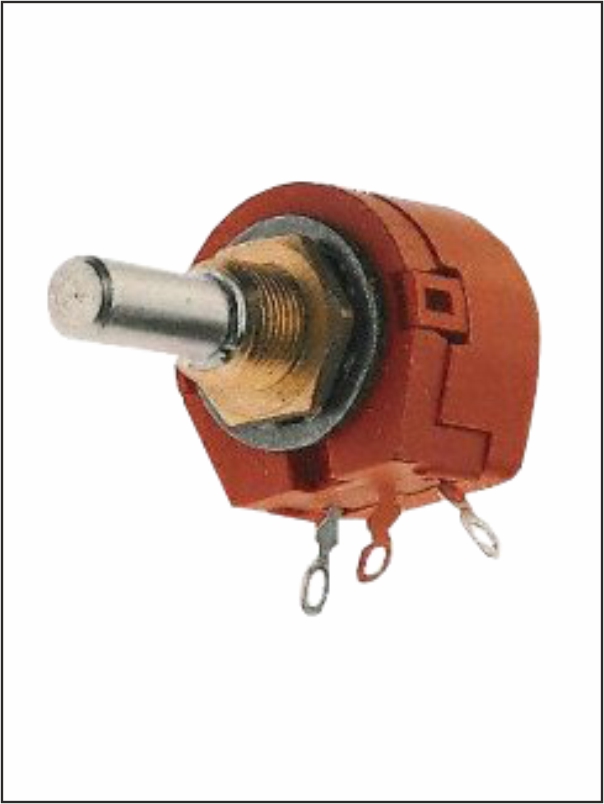PRODUCT DETAILS
Fan Speed Control - 0-10 Volts
So a few weeks ago I introduced PWM as a speed control option for fans. In this blog I’ll explain 0-10volt control that is typically found on EC fans made by both us at ebmpapst and other companies. I also want to show you that you don’t need a big expensive Building Management System to operate them and with some simple electronics and off the peg controllers you can be gaining the benefits of EC fans and speed control.
Image
The 0-10 volt control input in my view is under used by people. EC fan give great benefits in energy reduction compared to AC fans, however people wire them up to run at full speed when you could be saving even more money by speed controlling them.
0-10 volt is what I’d call an older standard that has been around a long time. It’s typically found in building management systems as well as in the home. The most common systems that use 0-10 are lighting, allowing you to remotely dim lighting via a safe and low voltage interface. So this interface also became popular to also control fan too.
As the name implies the control signal is a voltage that can range between 0 and 10 volts. As an analogue single this means you can theoretically have an infinite number of settings between the two points. In practice we don’t take much notice of variations in voltages of less than 0.1 volts. The reason for this is that you are very lightly to be running you voltage over some distance, from less than 1 meter to 100’s of meters. This cause you an issue because regardless of how good you wiring is your going to get some volt drop from one end to the other or pick up some small about of noise.
These voltage drops also mean that there are some other restrictions that at first look a little messy but insure you can reach the full range of speeds in the fan. The full 0-10 volt range is not used; however a 1.5volt to 9.5 volt range is more common. For voltages below 1.5 volts fans will typically start running at speeds were cogging will occur (permanent magnet motors). Fans at these speeds also generate very little air movement so supplying a voltage of less than 1.5 volts will be read as an instruction to stop the fan. This also allows for nose or current in the 0 volt line which means you can guarantee stopping the fan if so required. For the top speeds, again if you want to demand top speed then you will expect the fan to reach full speed. Having the 9.5 volt telling the fan to run at full speed means any volt drop across you system form you 10 volt output will not affect operations.
As a side note we also tend not to talk about the voltage directly and to allow cross conviction with people using 4-20mA or as covered last week with PWM we use the word ‘Duty’. As you will have seen with PWM we talk about duty as a percentage, but there is no fussy calculations for 0-10 were the percentage ranges across the 1.5-9.5 range, we keep it simple and say 0% equals 0 volts and 100% equals 10volts. It’s just we now know that a fan will only start with a duty of more than 15% and reach full speed at 95%.
OK that’s the main messy voltage bit out the way so how can we use it with EC fans? ebm-papst fans come with a 0-10 volt control line input as talked about above that can be directly connected to a Building Management System. EC fans also come with a built in 10volt supply that you can use to control the speed of the fan. In really simply terms you can connect a potentiometer across the 10 volt supply of the EC fan and then connect the centre wiper to the control input. You than have a fully speed controllable fan!
Image
It’s recommended that you do not use a potentiometer with a resistance of less than 10K ohms. This is because the 10 volt supply in the fan can only supply 1mA and hence a 10K Pot will draw 1mA. Pot’s are not the only way to speed control your fan however and you could use switches with fixed resisters that would allow you to have fixed speeds, for example in domestic housing you will find trickle and boot settings. But remember do not put a load or more than 1mA on the fan.
If you want to use more than one fan you can safely connect together the 0-10 control lines as well as the 0 volts and 10 volts from your internal power supplies – it will not harm the fan and you can get more current.
So now you can see that speed controlling your fan with a 0-10 volt input can be done simply with a Pot or by using switches and not an expensive ‘system’. However it’s not exactly automated is it.
Image
Well other than you designing you own controllers there are a few you can take from the RS catalogue. The EC Controller using a simple NTC temperature sensor to speed control an EC fan and because it runs on less than 1mA can be powered directly from the EC fans 10 volt supply.





